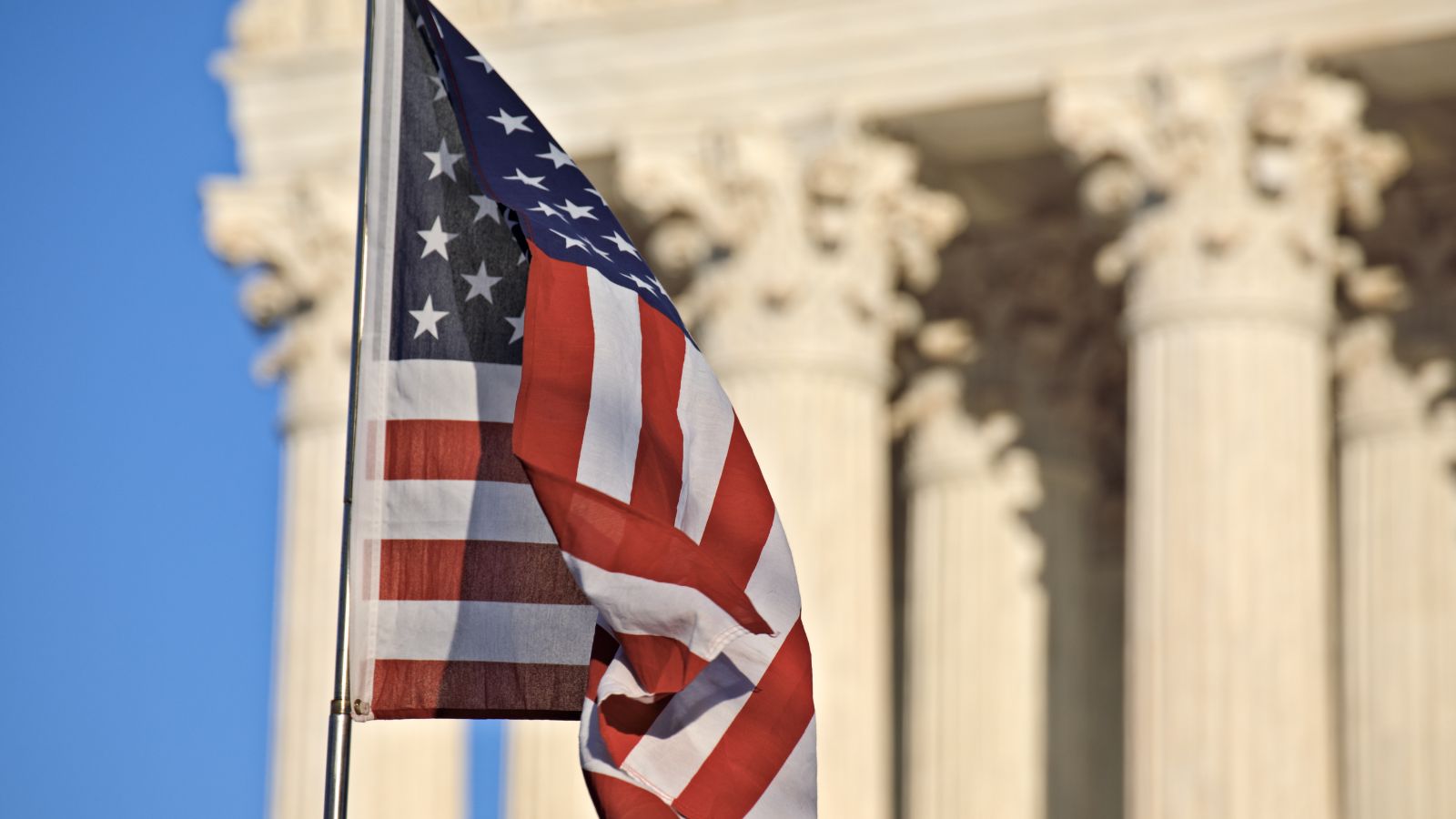You might think that the ‘discovery’ of America is a simple historical topic – Columbus sailed over on a ship and explored North America, right? However, this deceptively simple event isn’t the whole truth. Get ready to be blown away by these 20 astonishing true facts linked to the European ‘discovery’ of America.
The Vikings Arrived in America First
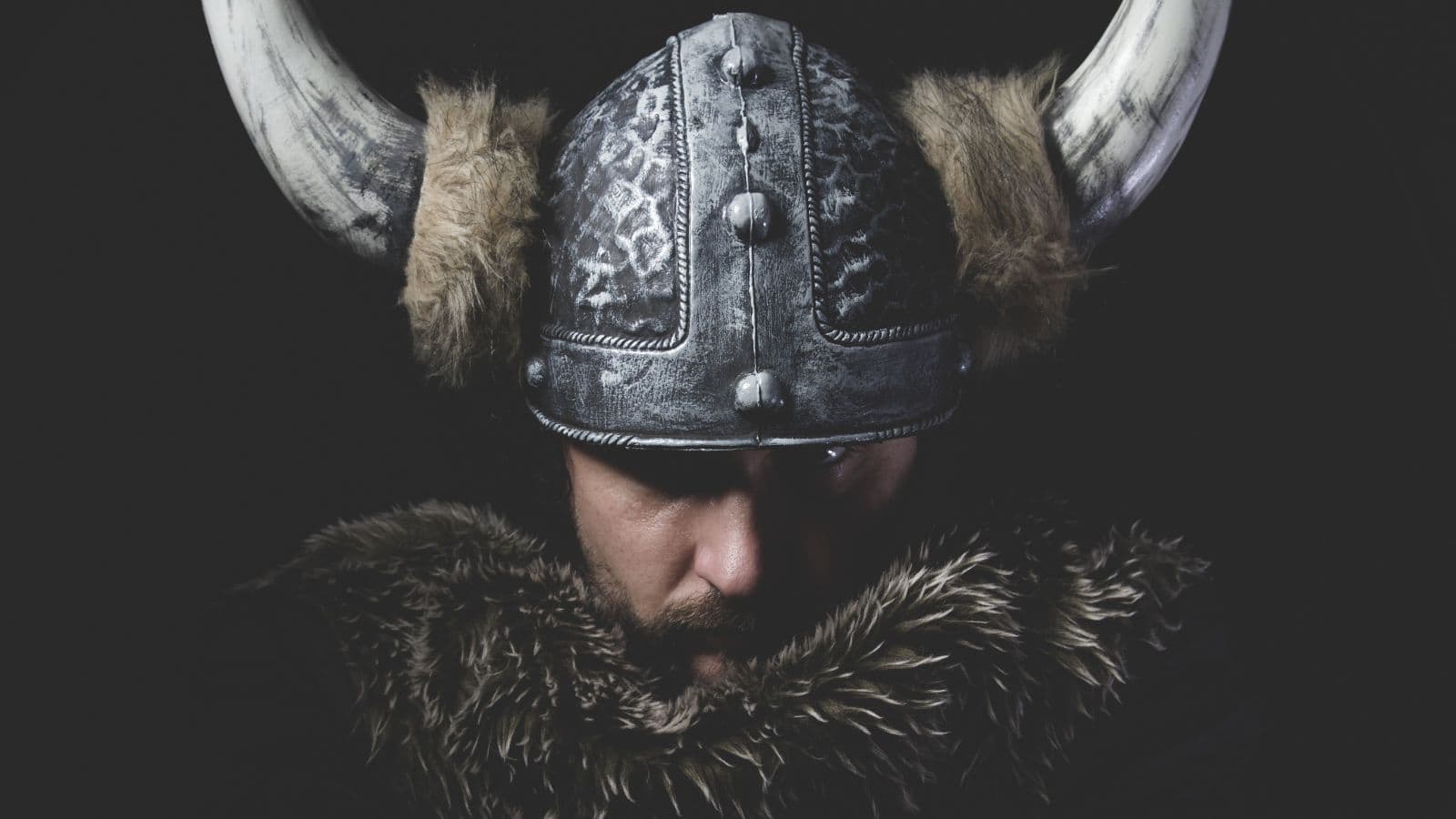
Columbus was about 500 years late to be the first European to discover America, thanks to Leif Eriksson. Britannica states that his voyage to the lands they called “Vinland” and “Helluland” meant that “the Vikings had indeed explored America some 500 years before Columbus’s arrival.”
People Already Thought The World Was Round
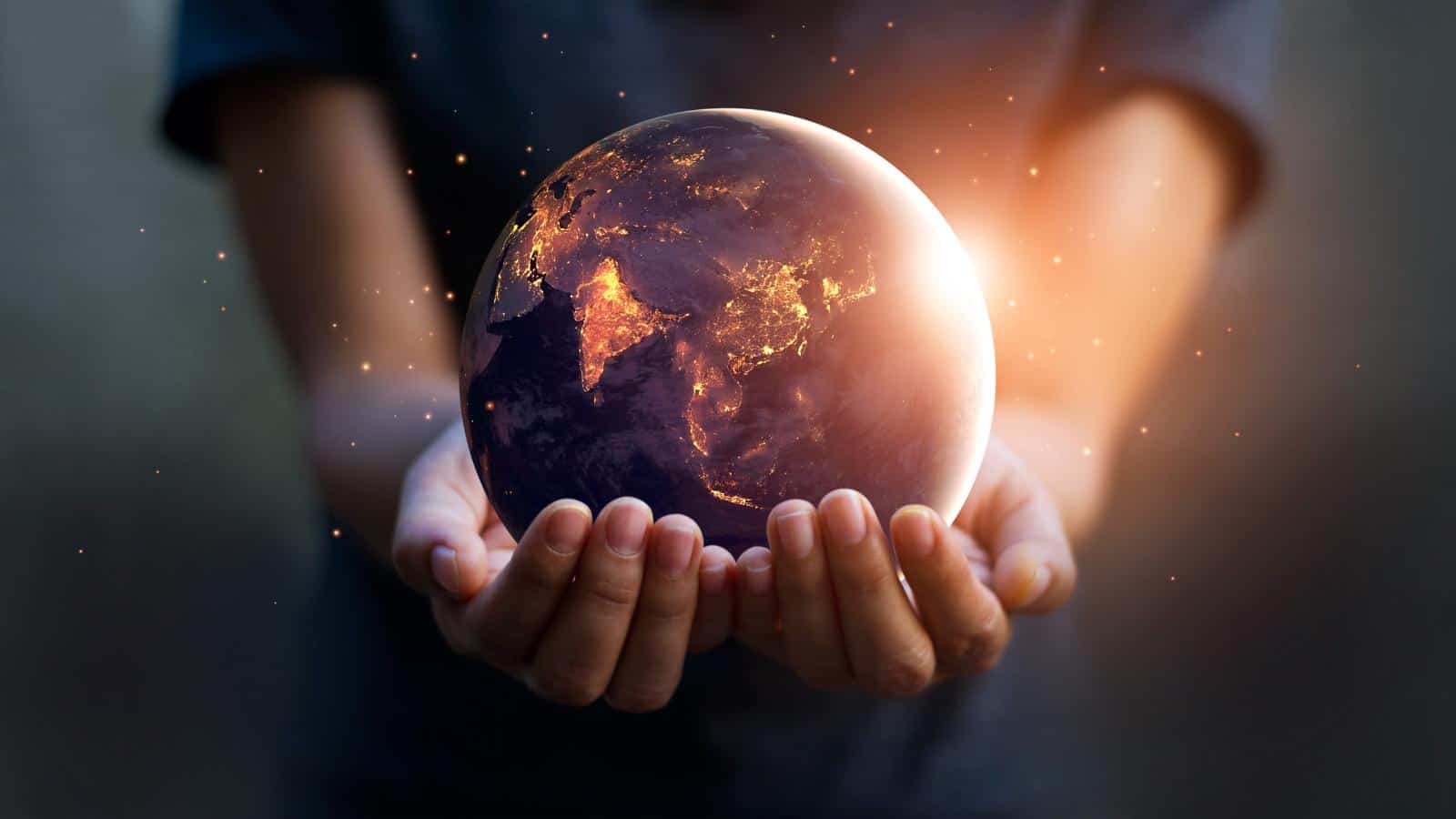
Some people mistakenly think that Christopher Columbus was the first person to suggest that the world was round, leading to his travels to America. However, he was just the first to believe that traveling west would be a quicker route to Asia. Since the Ancient Greeks, most people believed the Earth was round.
Columbus Got The Size Of The Earth Wrong
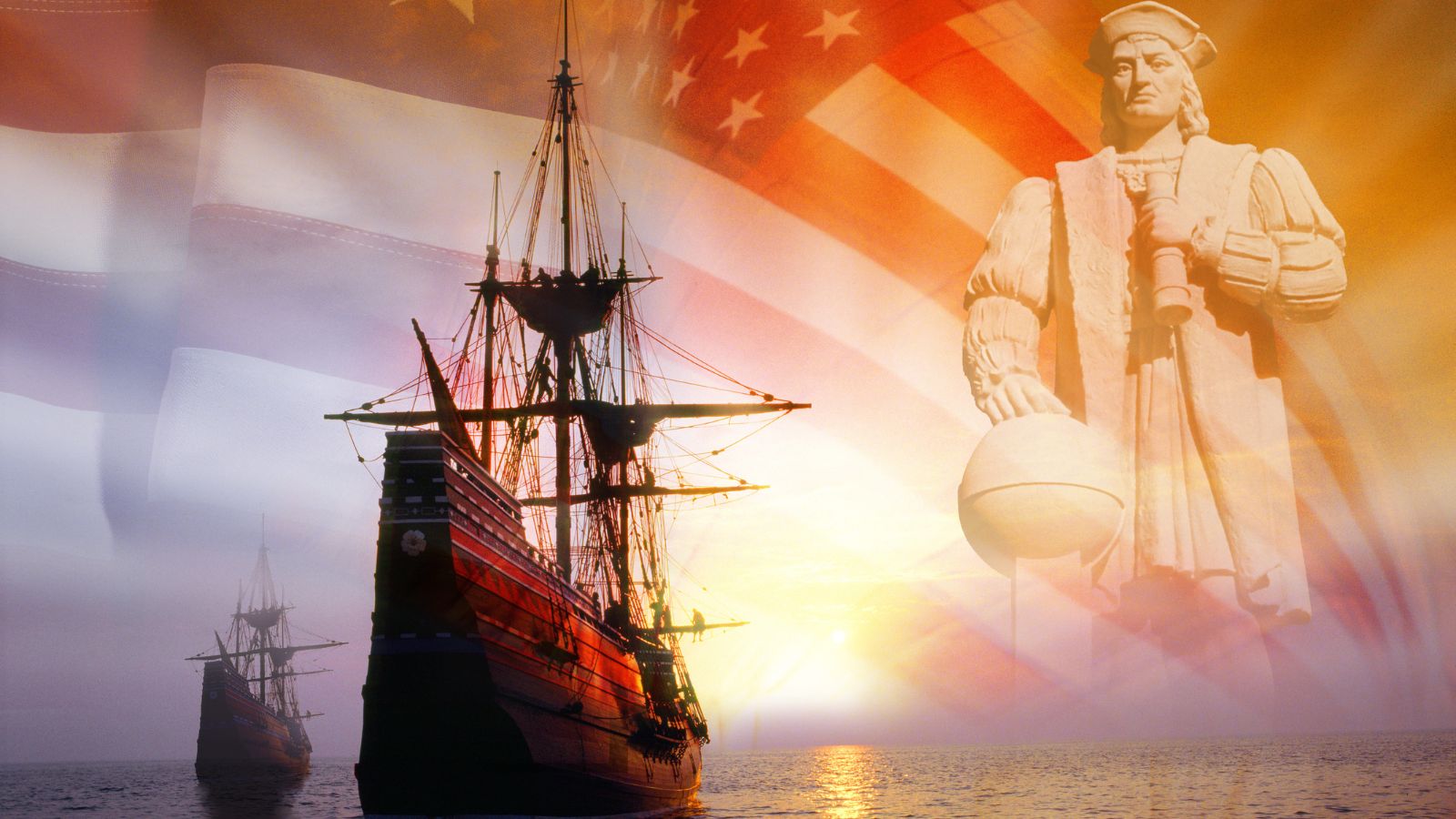
Columbus thought there was a quick route to Asia by going west because he underestimated the size of the Earth. He thought it was much smaller than it actually is, which is why he thought Asia was closer to Europe. This miscalculation led to his accidental voyage to America.
Columbus’ Voyages Were Very Expensive
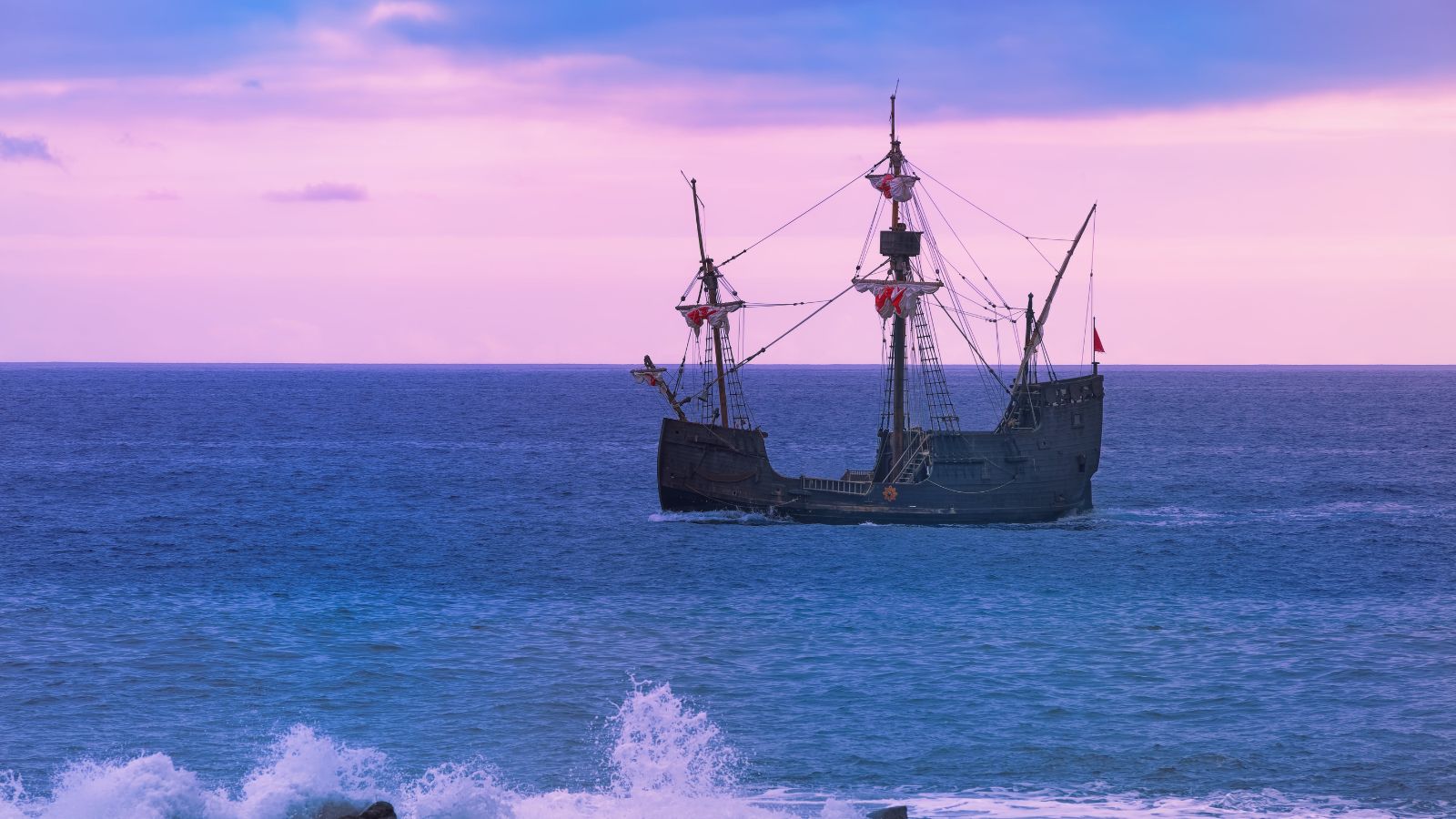
Planning an expedition on a known route would have already been expensive, so you can only imagine how high the costs were for Columbus’ voyage into unknown waters. He needed a lot of resources, such as ships and provisions, and there was a risk that they may not have found anything at all.
Funding From Spanish Royalty
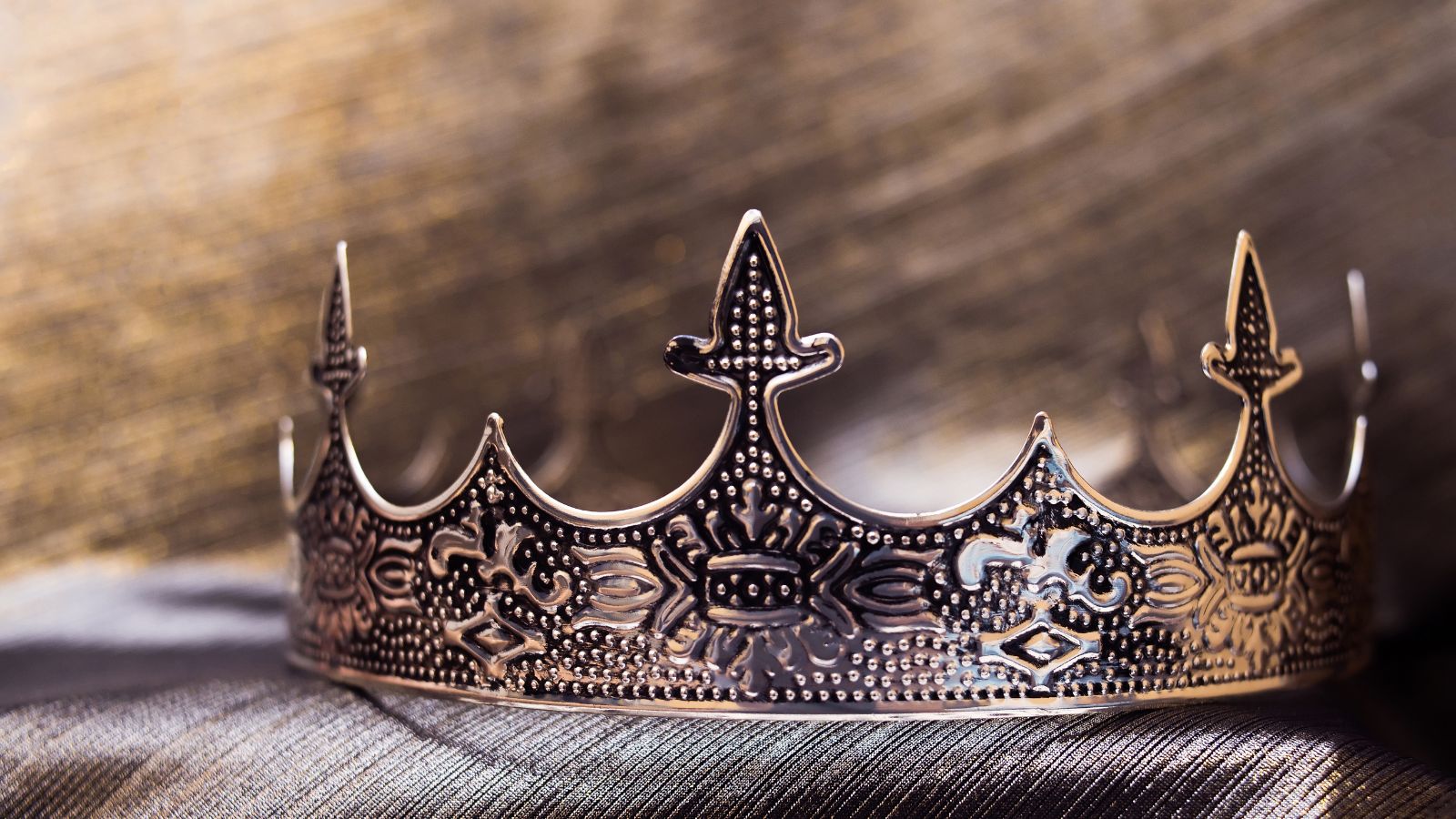
So, how did Columbus manage to get enough funds for the expedition? According to History, he was funded by “ the Spanish monarchs Ferdinand of Aragon and Isabella of Castile,” who wanted “the opportunity to export Catholicism to lands across the globe” as well as the potential “fame and fortune.”
There Were Already Advanced Civilisations

But when Columbus arrived in America, it wasn’t an empty wasteland. Many diverse and advanced indigenous civilizations existed, such as the Taino people in the Caribbean, the Aztecs in Mexico, and the Incas in Peru. These civilizations had complex social structures and cultures, as well as extensive trade routes.
Columbus Owed A Lot To The Taino People
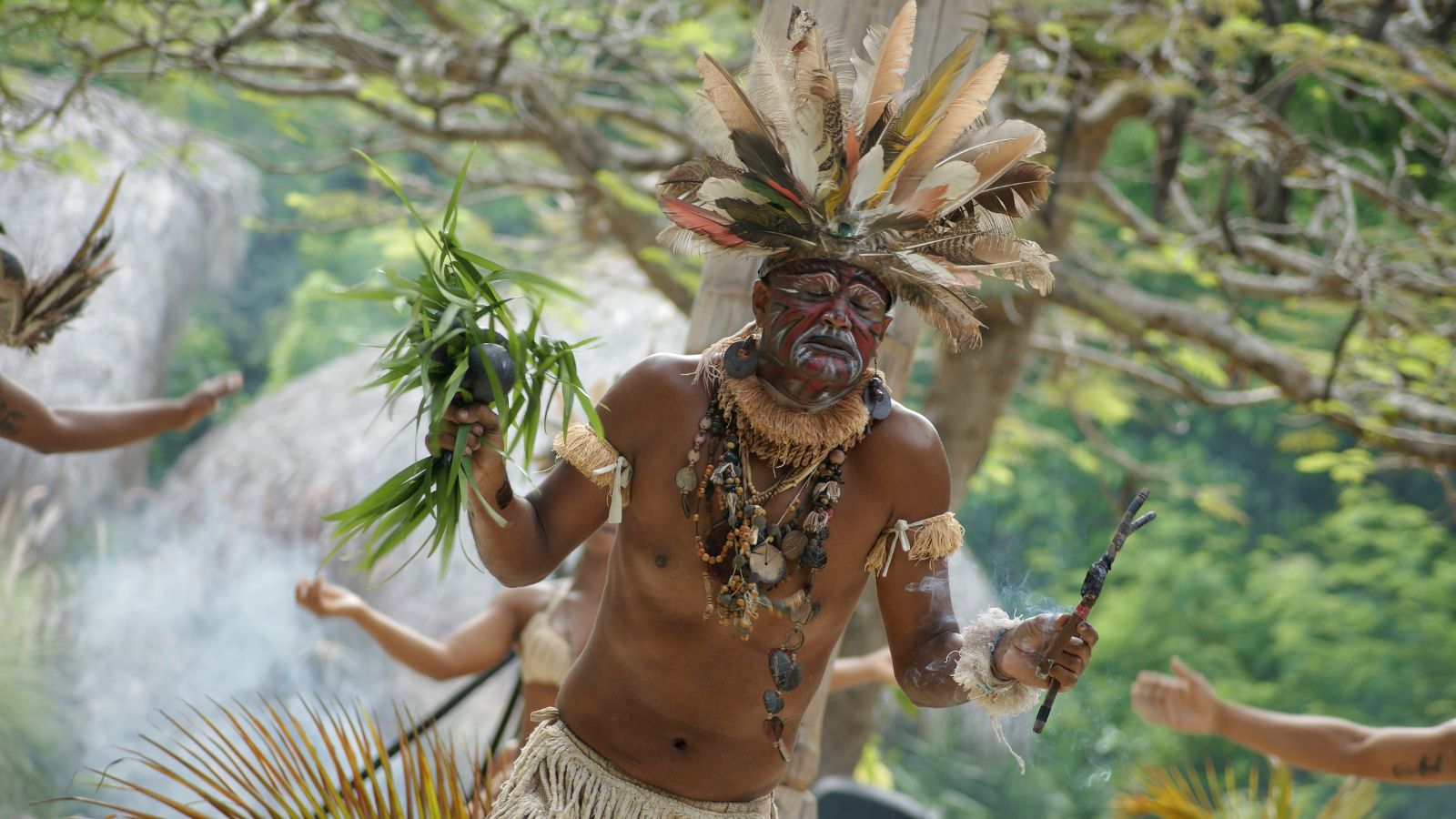
While he didn’t meet the Aztecs or Incas, Columbus’ adventures might have been doomed without the Taino people. They initially had some relatively peaceful interactions, which helped Columbus’ early survival and exploration. Unfortunately, things later turned sour, and he ended up fighting and enslaving some of the Taino people.
The Origin Of The Name ‘Indians’
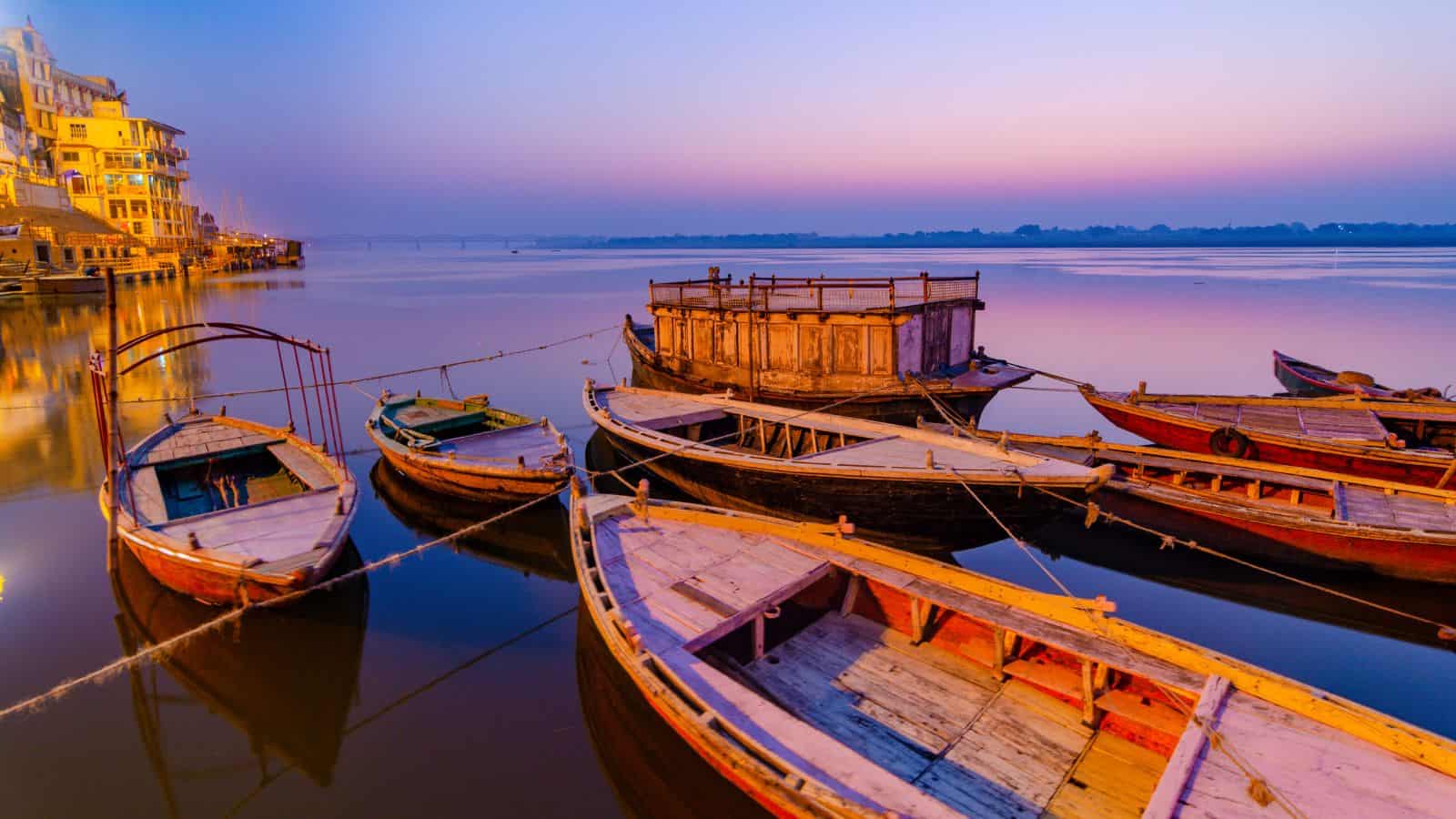
National Geographic claims that Christopher Columbus was the first to have “called the indigenous people ‘Indians,’ an inaccurate name that unfortunately stuck.” Unsurprisingly, this is due to his mistaken belief that he had arrived on the shores of India rather than America.
How America Was Named
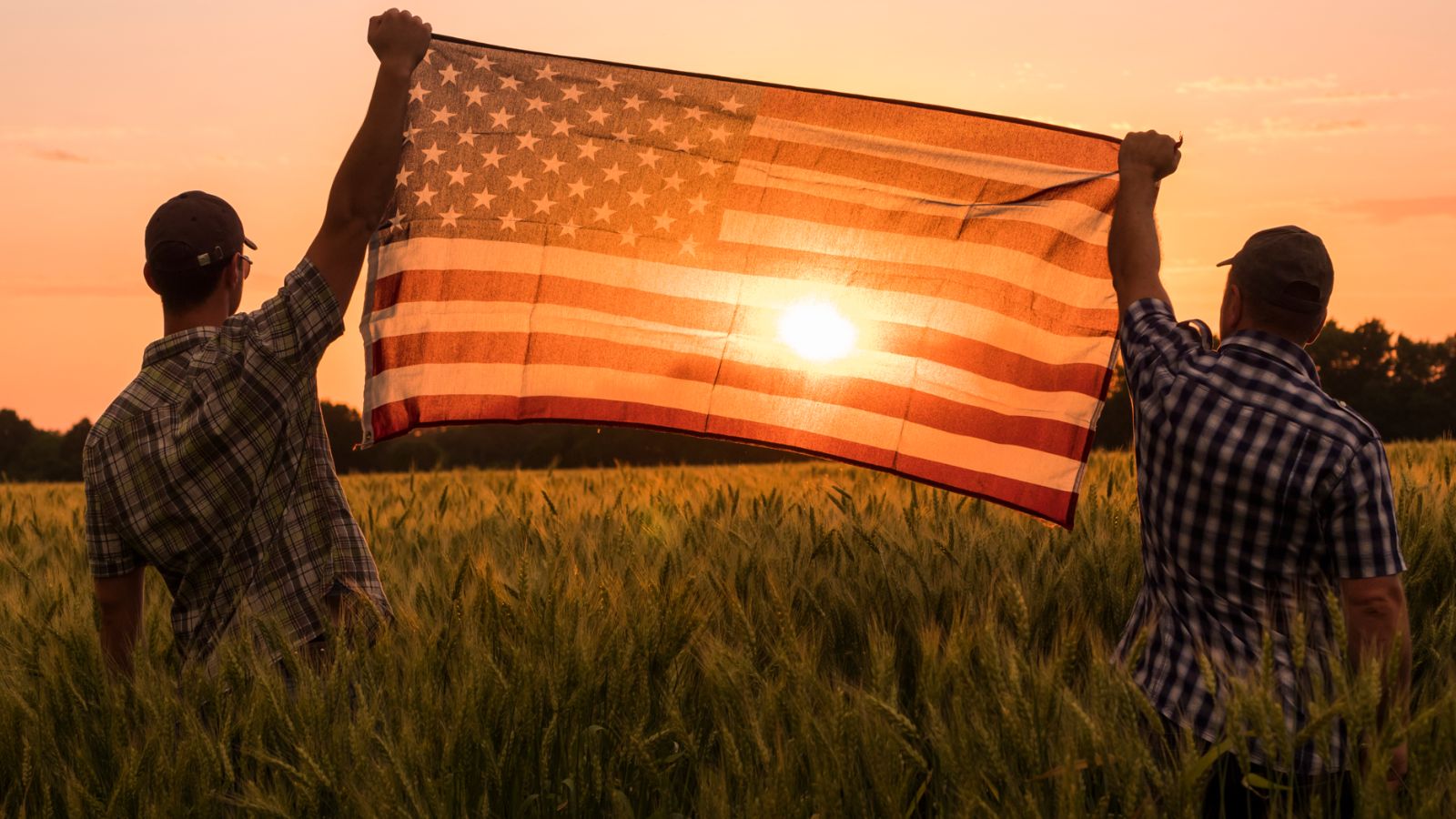
Columbus didn’t actually come up with the name ‘America’. A German mapmaker named America after Amerigo Vespucci, an Italian explorer who suggested that the lands Columbus found might be part of an entirely new continent. Many Europeans read Vespucci’s letters, which described his voyages to America.
The Awful Impact On Indigenous People

As well as bringing war and the threat of enslavement, Europeans arriving in America also had other devastating impacts on the indigenous people. They brought diseases that the natives’ immune systems weren’t used to, such as smallpox, which killed many of them.
The Treaty Of Tordesillas
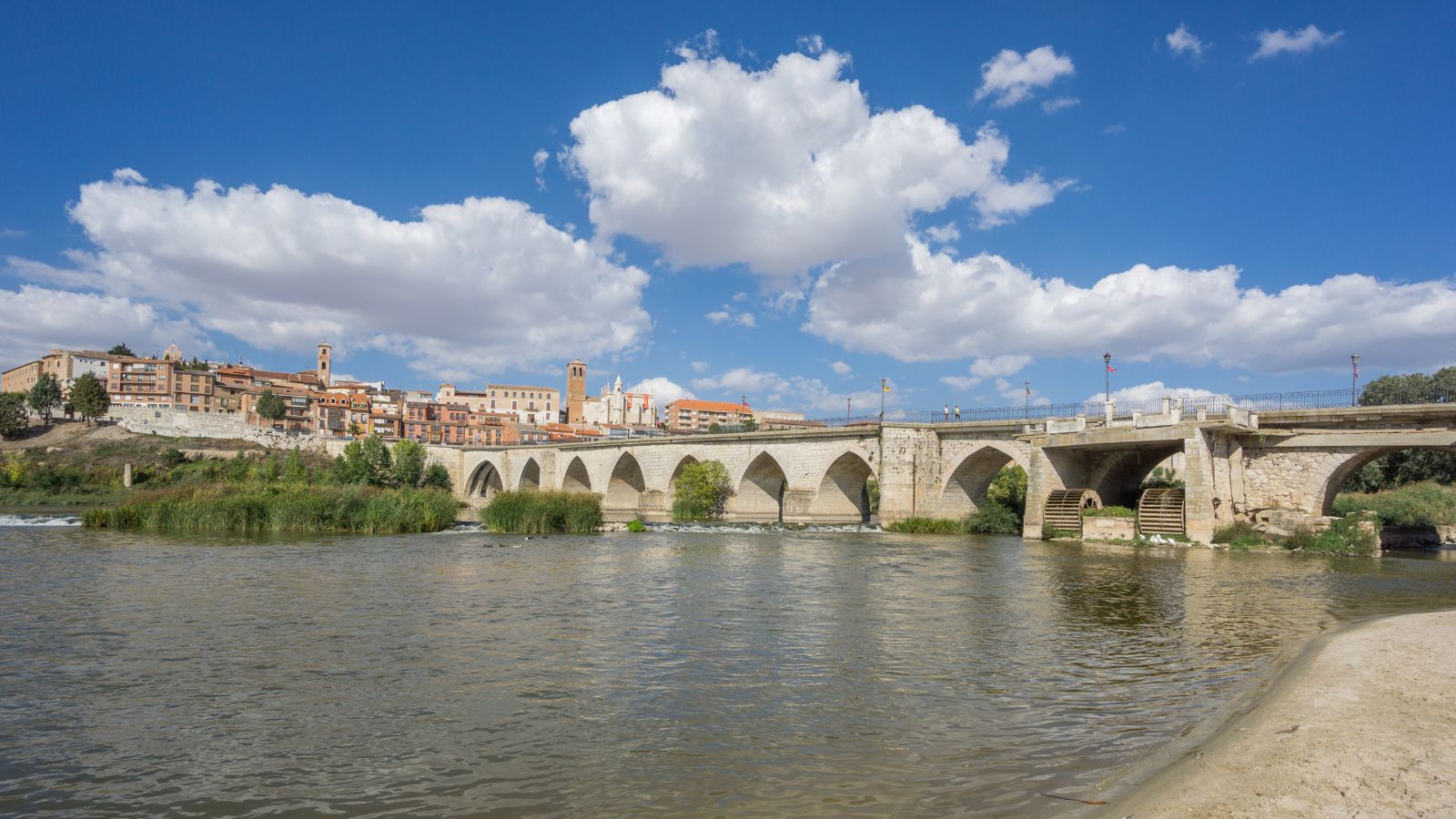
Once America had been ‘discovered’ by Columbus, it was important for European countries to agree on who had claims to which parts of the land. The Treaty of Tordesillas in 1494 divided the lands between Spain and Portugal, giving Spain the lands to the west and Portgular the lands to the east.
Developments In Technology
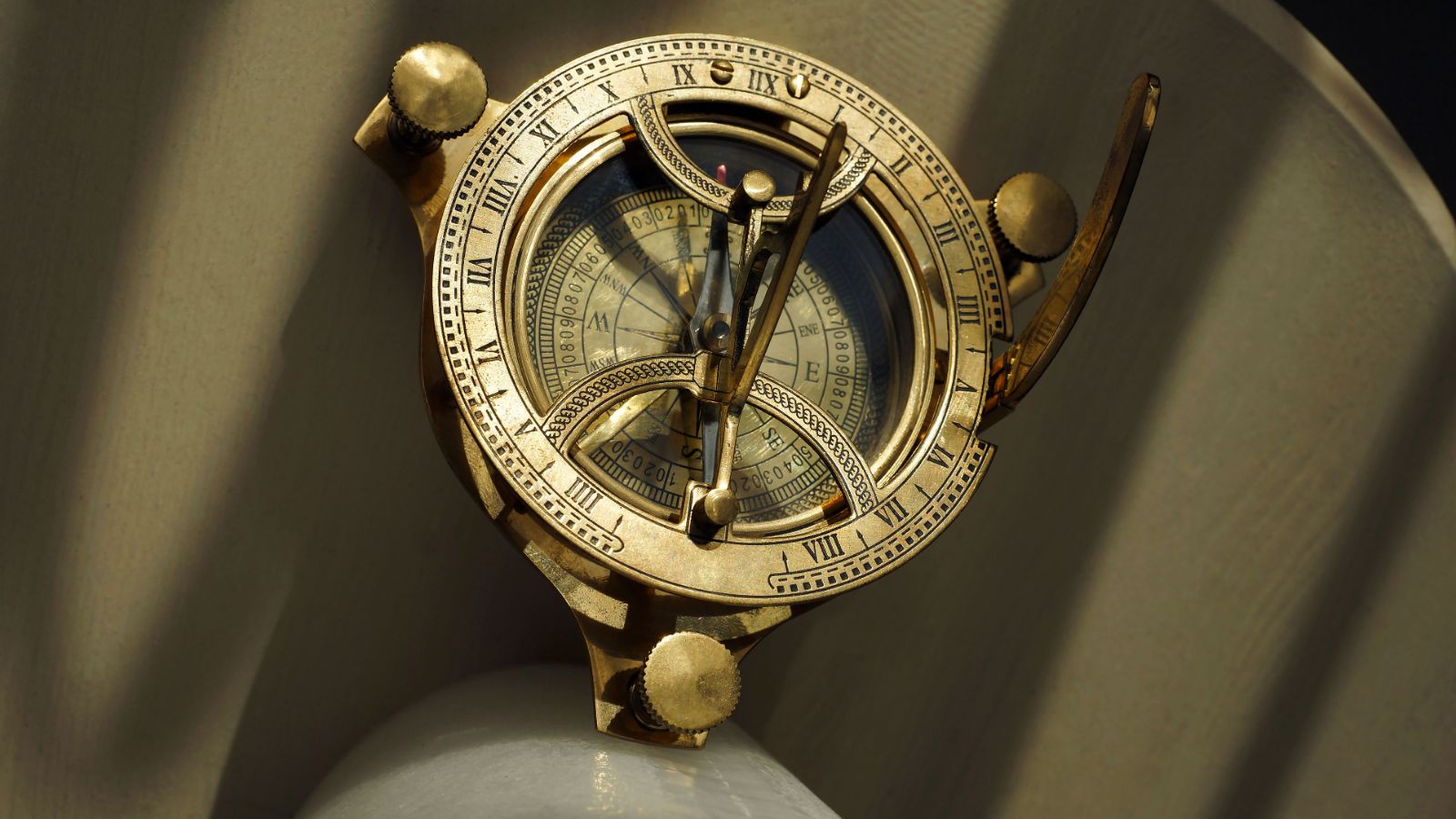
Columbus’ voyages wouldn’t have been possible without some important advances in navigation technology. The astrolabe (a device for navigating with the help of the stars) and the compass were both crucial, as was a new, faster Portuguese ship design called the caravel.
The Columbian Exchange
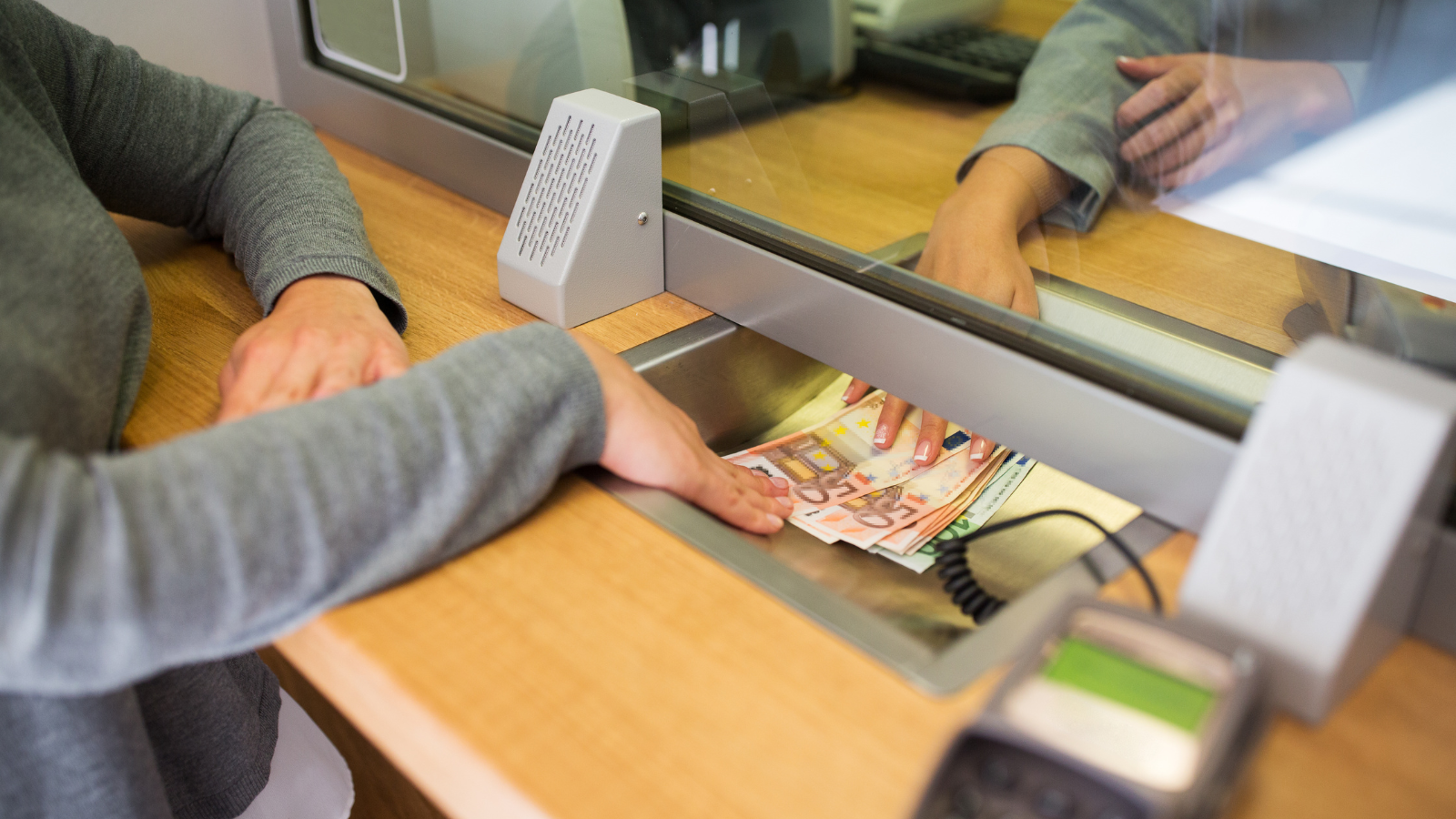
After Europeans reached America, trade naturally followed. The Columbian Exchange is the name for the massive transfer of supplies, people, and ideas between America and Europe. This was how vegetables like potatoes, tomatoes, and maize were introduced to Europe, and horses, cattle, and wheat were introduced to America.
Columbus Went To America Four Times

Columbus didn’t just go to America once and then never return. The University of North Texas remarks that he made “four total” voyages, “each time becoming more greedy for gold and treating the natives more savagely.” Throughout these voyages, he explored different parts of the Caribbean and Central America.
Columbus Isn’t A Hero
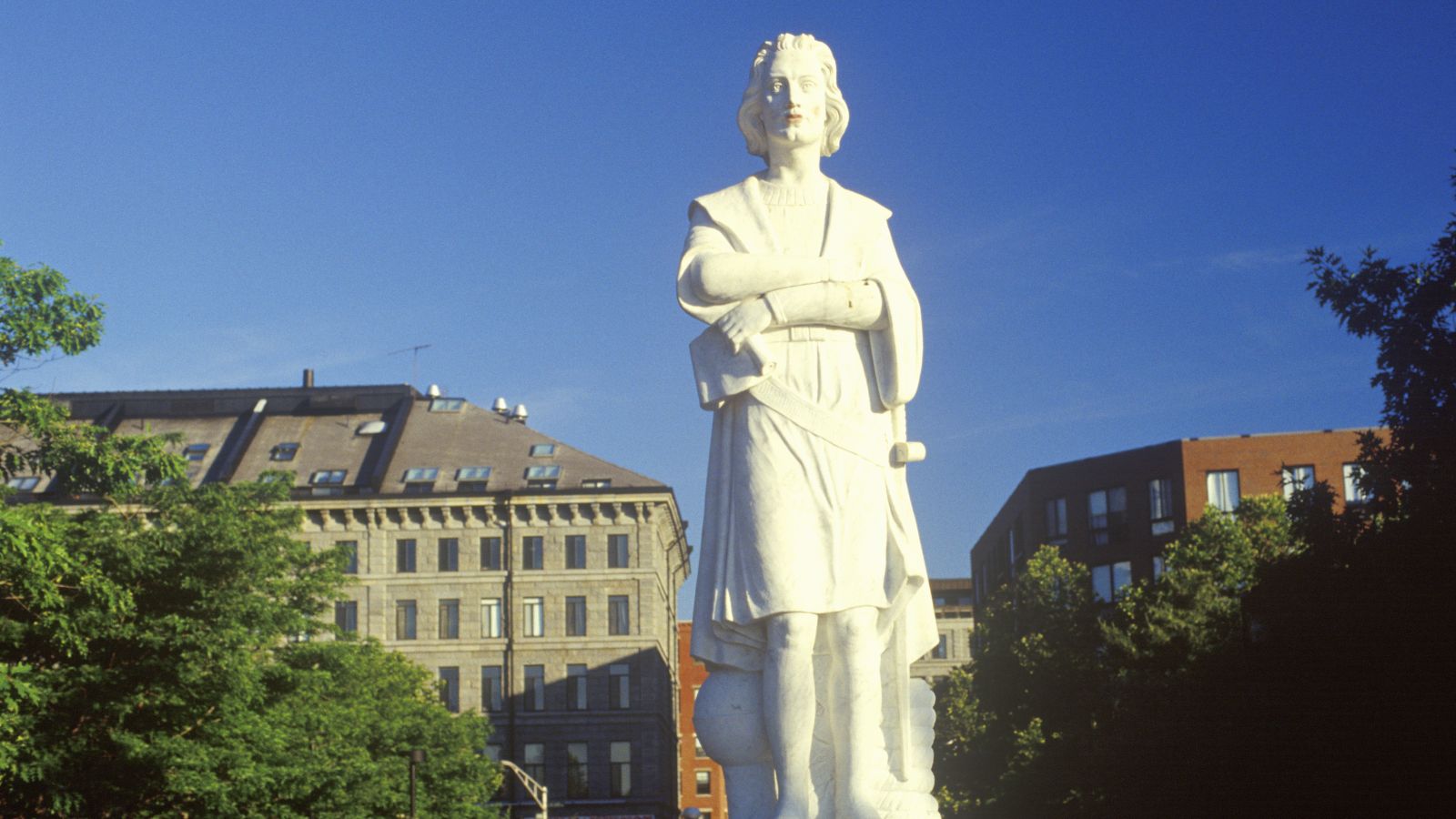
Often, Columbus is portrayed as a hero figure who bravely discovered America, but the truth is a lot more complicated and controversial. His expeditions led to a lot of suffering and death for the indigenous people of America through violence and enslavement. It can be difficult to balance his accomplishments with the negativity.
Columbus Wanted Gold

One of Columbus and his crew’s key motivations was their search for wealth, especially gold. During early encounters with native people, they would usually demand gold and other valuable resources. This desire for wealth drove most of the early exploration and colonization of America.
The American Explorers Were Missionaries
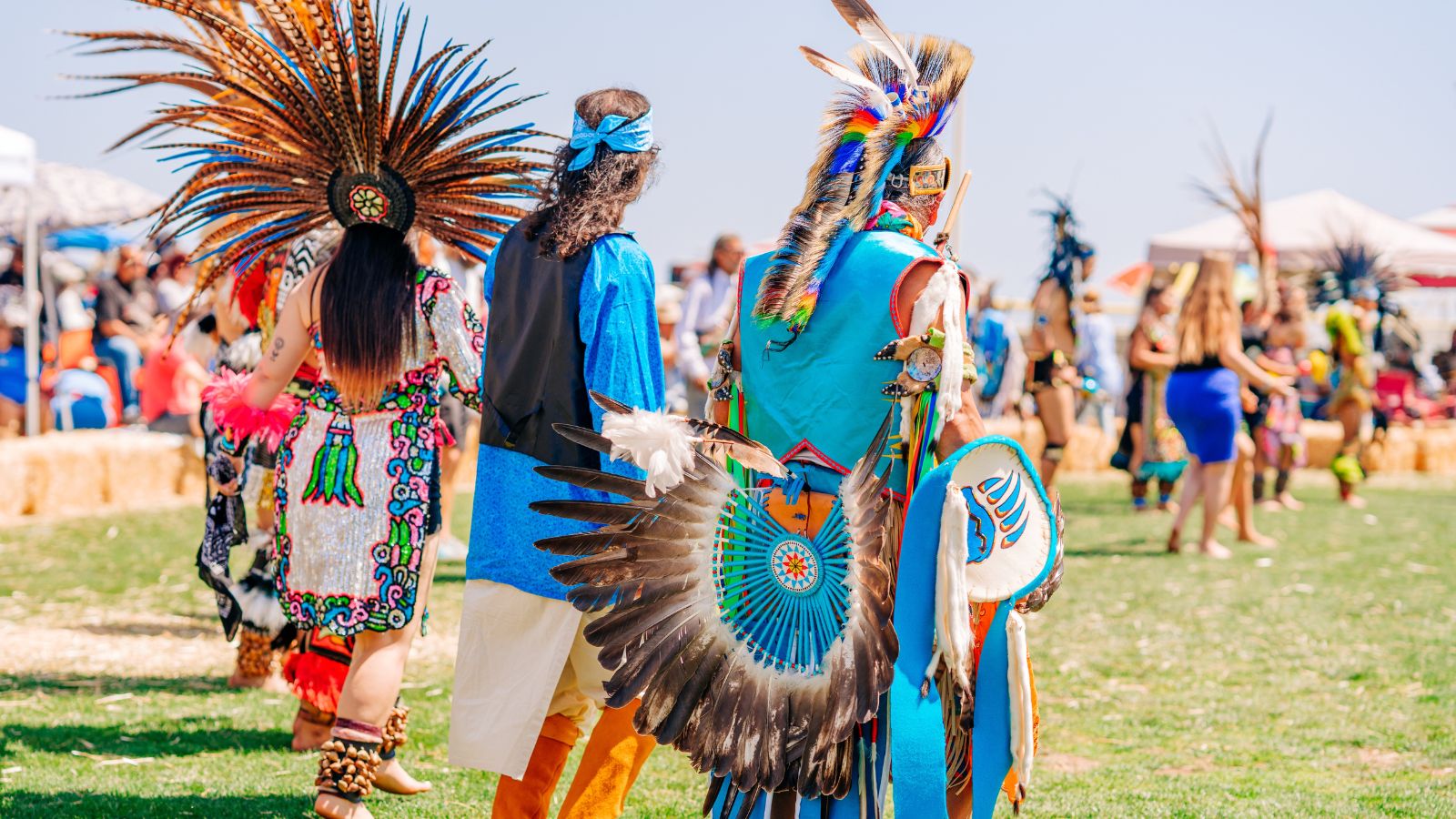
In addition to gold, Columbus wanted to spread Christianity to the people he found in America, just like the Spanish royals who funded his expeditions. This led to a lot of conflict with the native people since there were cultural clashes between indigenous beliefs and Christian practices.
The Influence Of Renaissance Thinking
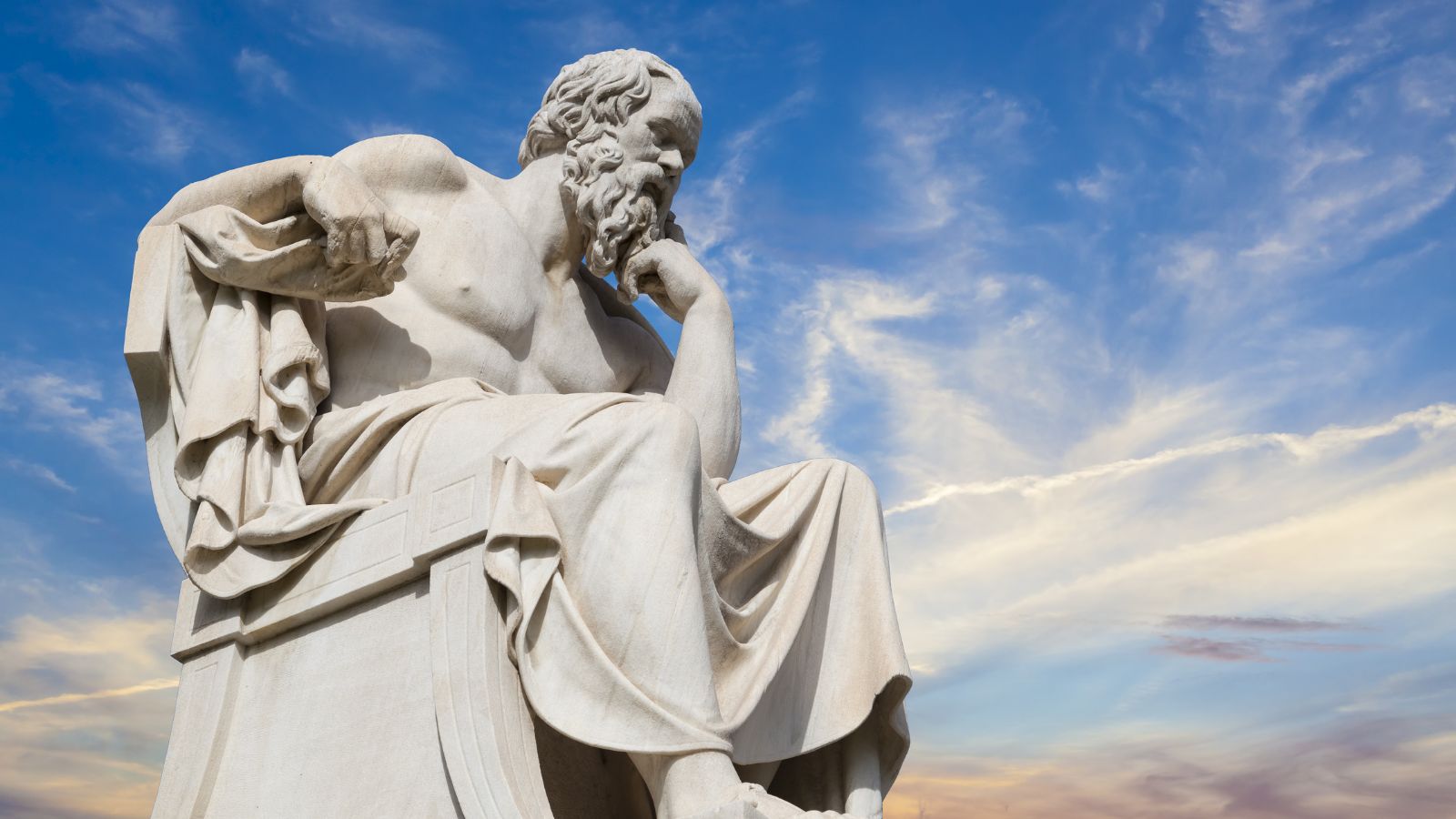
The Renaissance period is often called the Age of Discovery because Europe was very curious about the world, science, and technology. This type of thinking led to exploration, such as Columbus’s travels to America, especially since there were new technological developments to help.
The Controversy Around Columbus Day

The Library Of Congress notes that “President Franklin Delano Roosevelt designated Columbus Day (then celebrated October 12) a national holiday in 1934.” Some people have advocated for it to be replaced by an Indigenous Peoples’ Day to reflect the struggles of Native Americans after Columbus’ travels.
The Need For Different Trade Routes
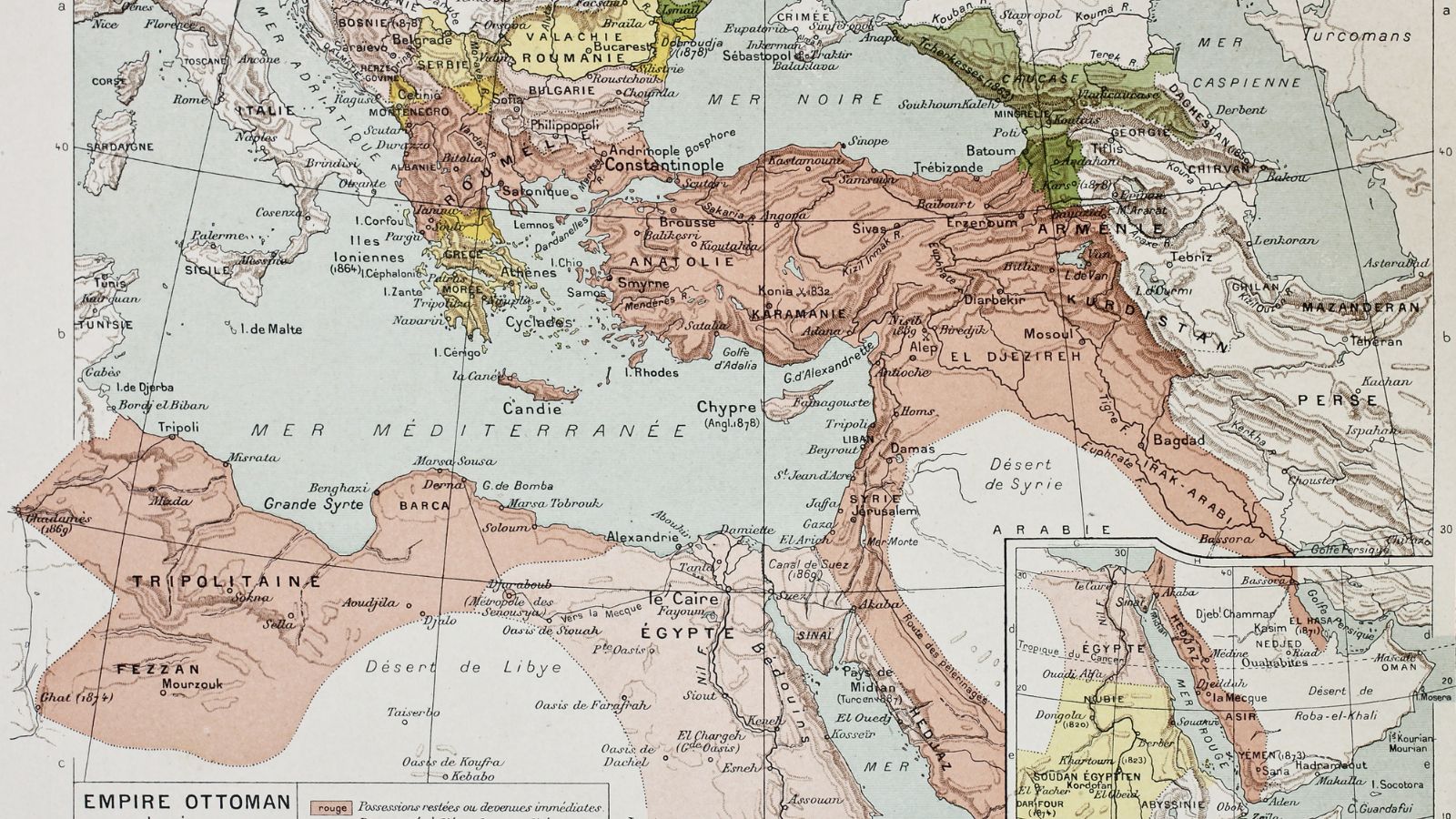
Finally, in addition to seeking wealth and spreading Christianity, one of the important goals of Columbus’ voyage was to find a trade route. The Ottoman Empire controlled many trade routes, so alternatives to the Silk Road were needed.
Up Next: 17 Places in the U.S. Where Even Truck Drivers Won’t Stop

Truck drivers tend to be hardy souls—well-seasoned travelers who aren’t often afraid to rest up or refuel in risky locations. However, there are certain U.S. locations that even the most road-weary trucker refuses to stop at for fear of criminal activity or natural dangers. Here are 17 such locations that even experienced truck drivers approach with trepidation (or not at all).
17 PLACES IN THE U.S. WHERE EVEN TRUCK DRIVERS WON’T STOP
17 Things Guests Actually Notice Right Away About Your House

Inviting people into your home is a big deal. You may be very house-proud or house-conscious, and if you are either, you’ll likely get anxious about hosting. If this sounds like you, stop worrying and focus on the following 17 things that guests actually notice right away about your house.
17 THINGS GUESTS ACTUALLY NOTICE RIGHT AWAY ABOUT YOUR HOUSE
The 17 Unhappiest States in America

The US has hit an all-time low position in the World Happiness Index, tumbling to 23rd in 2024. However, it’s important to remember that location is an important factor; many US states are very happy, unlike the following 17 US states that appear to be the most unhappy.

